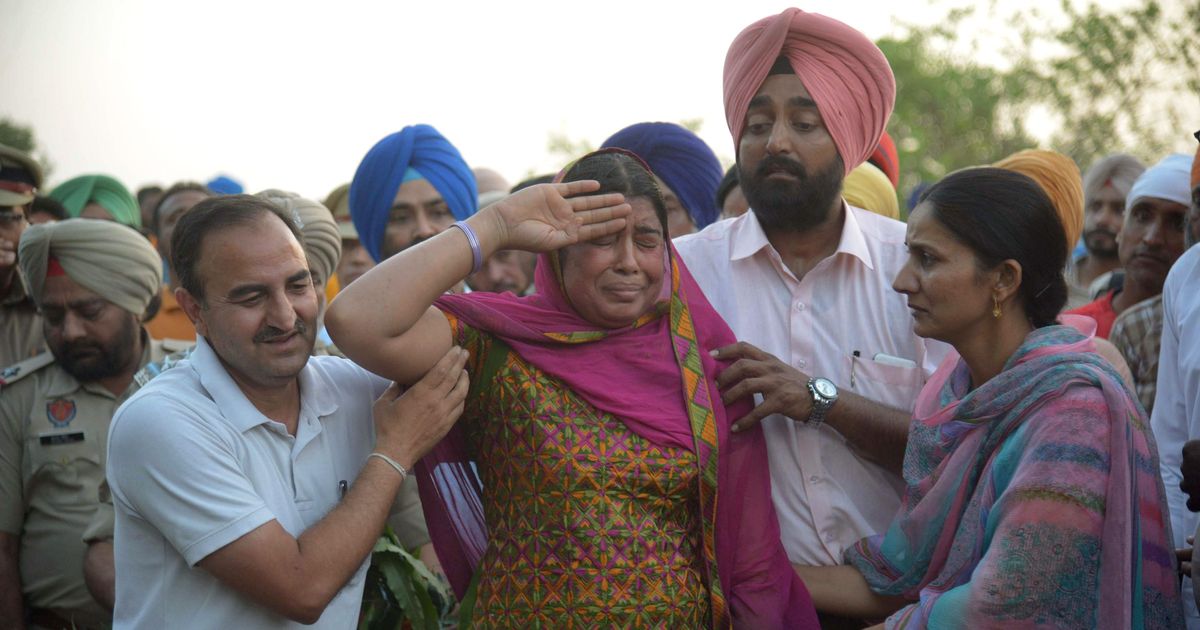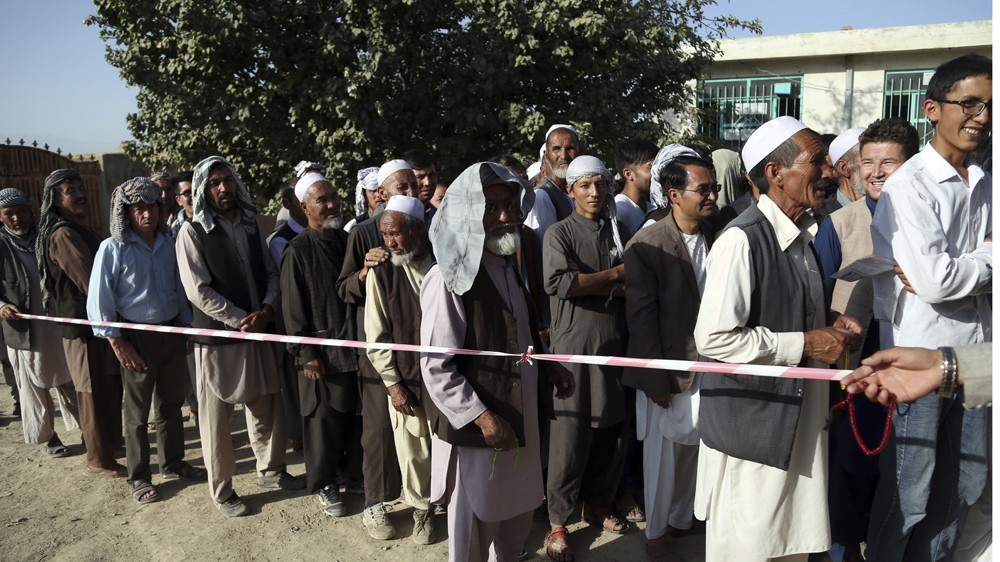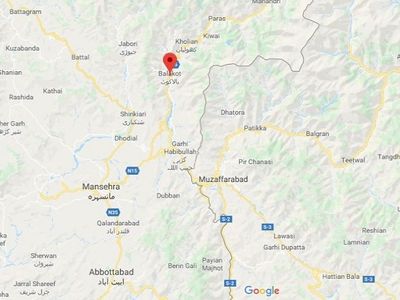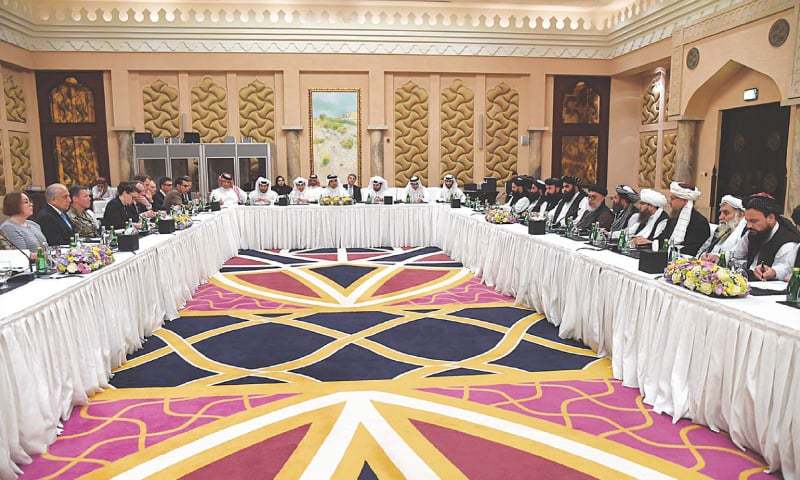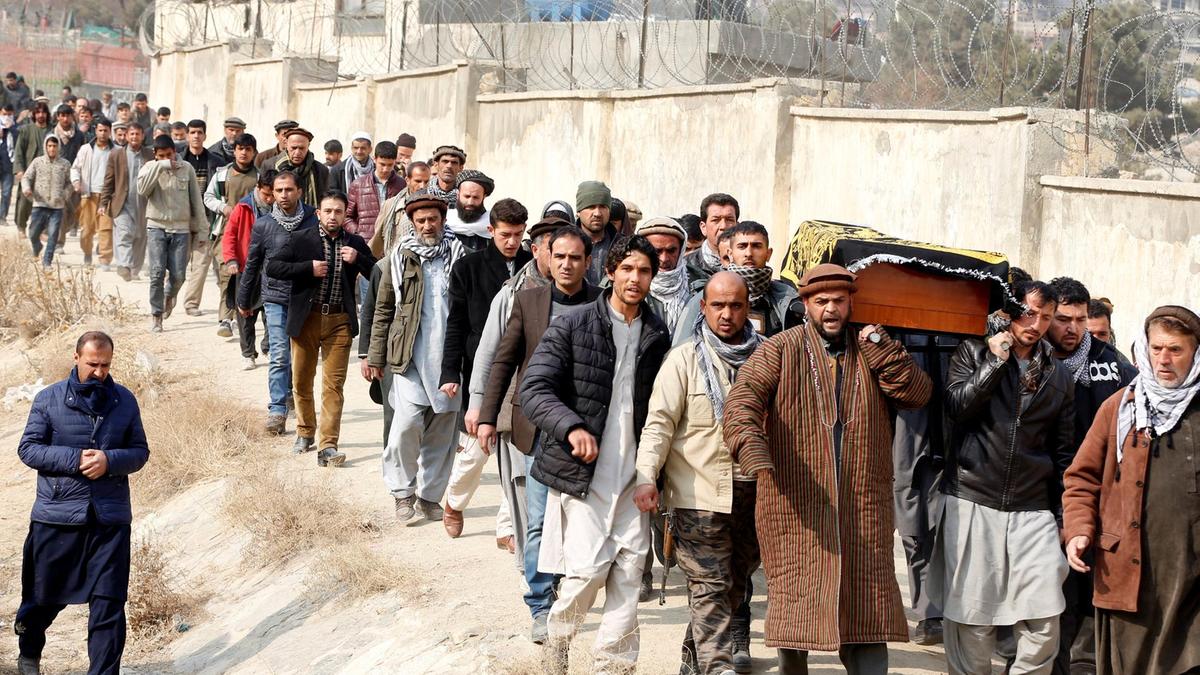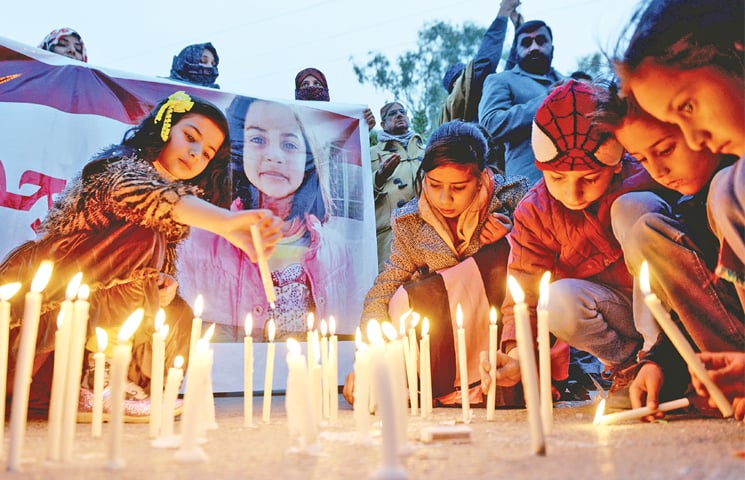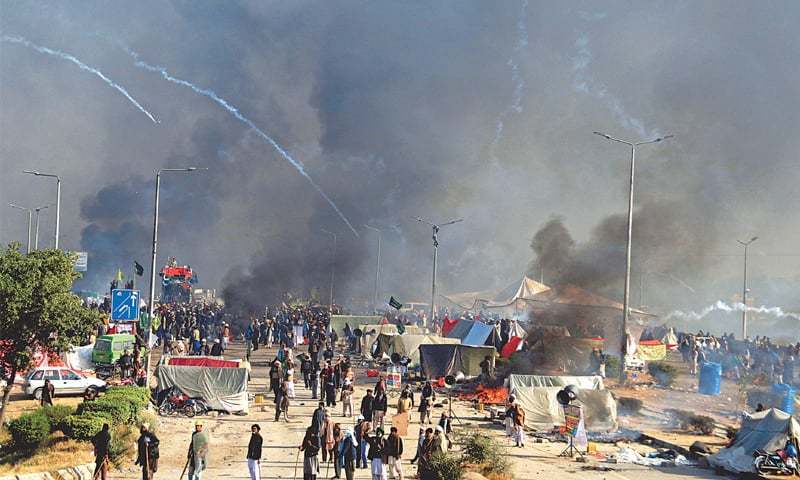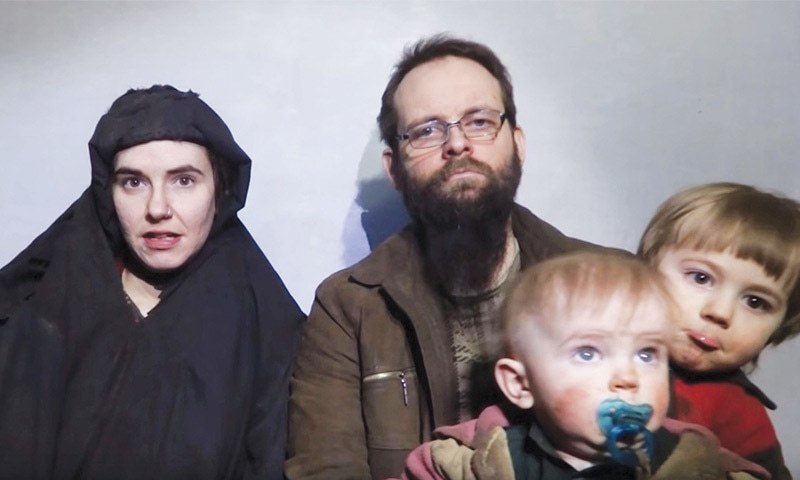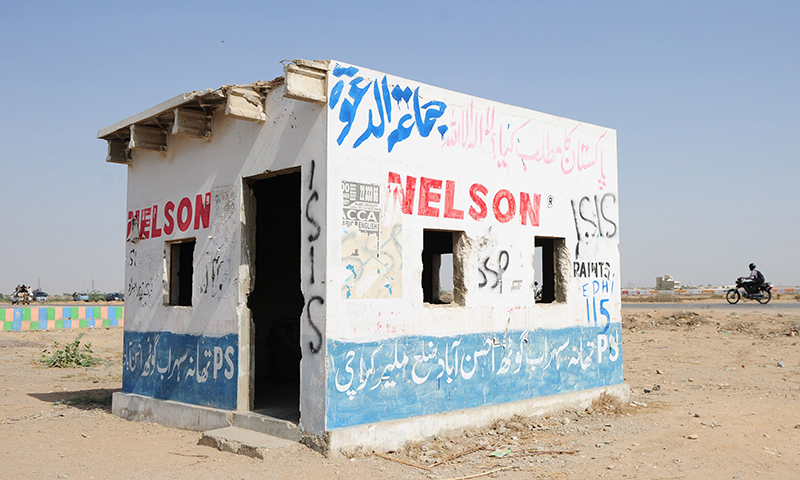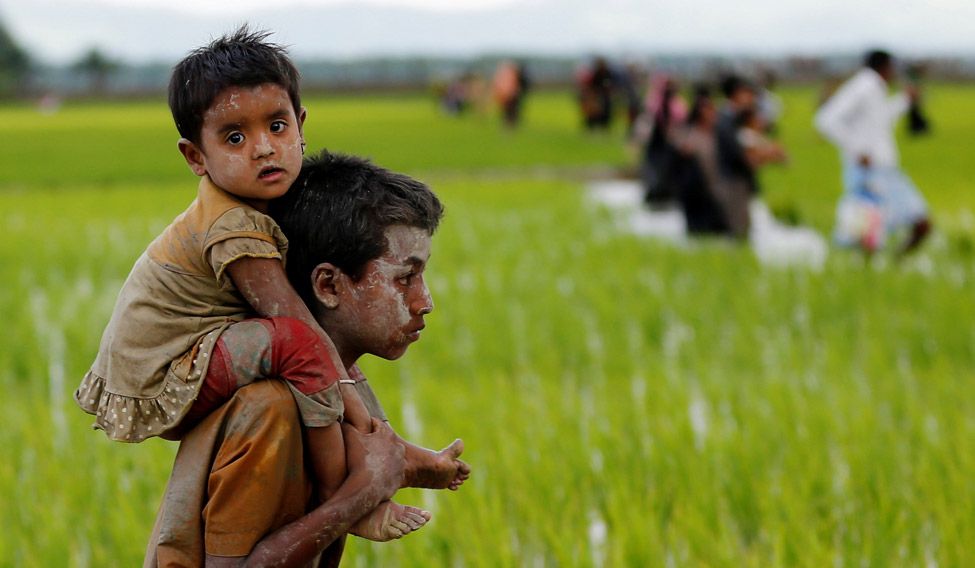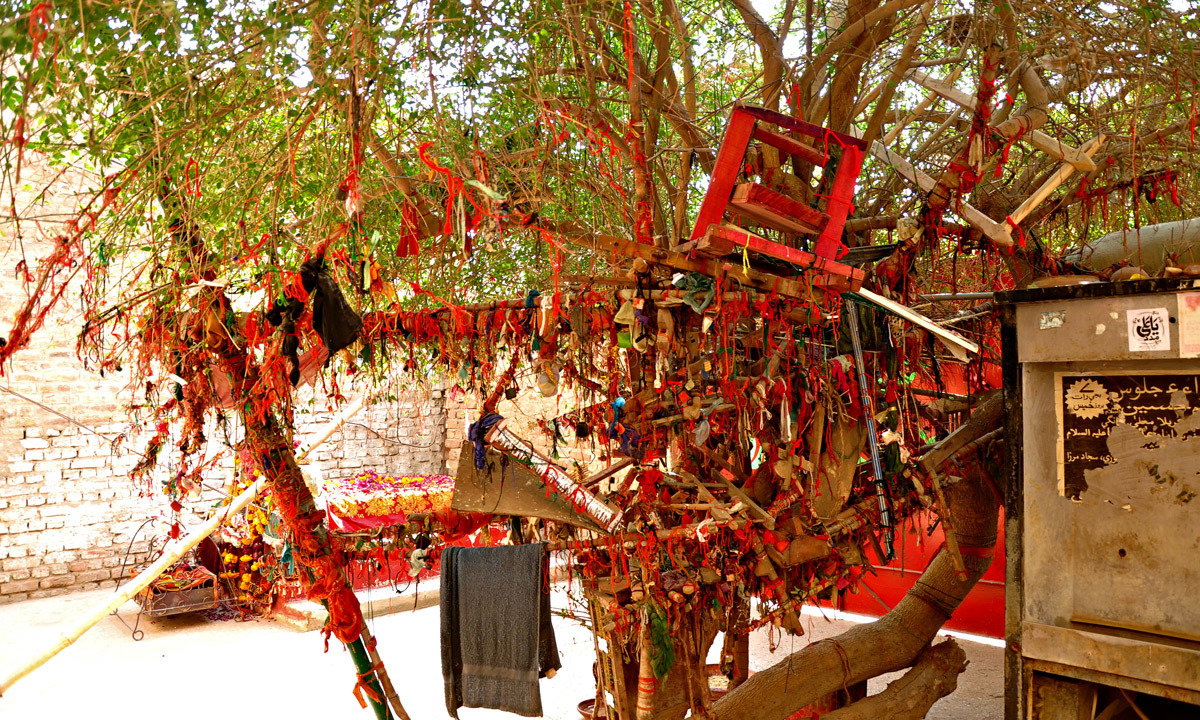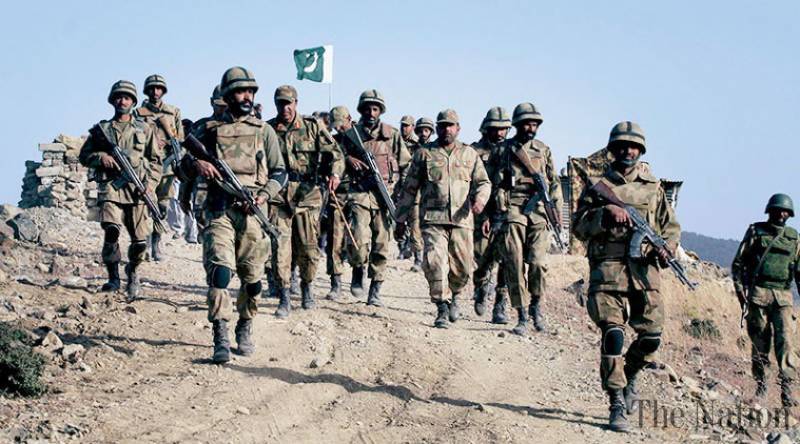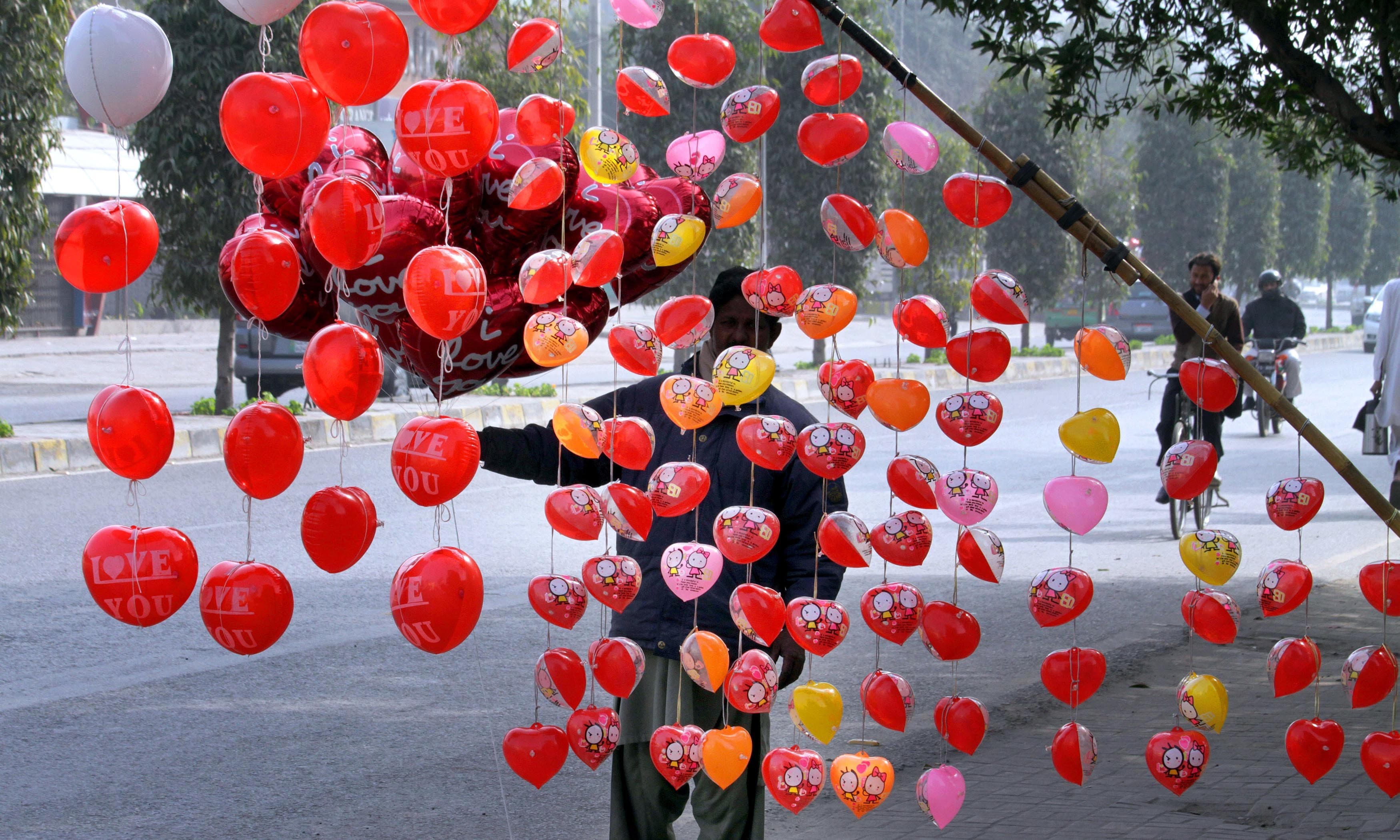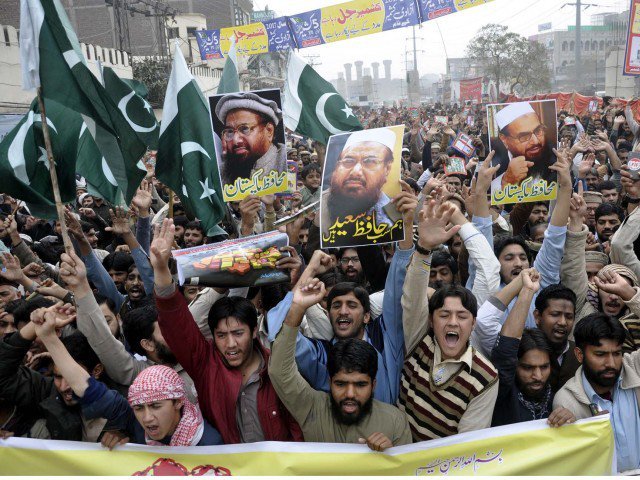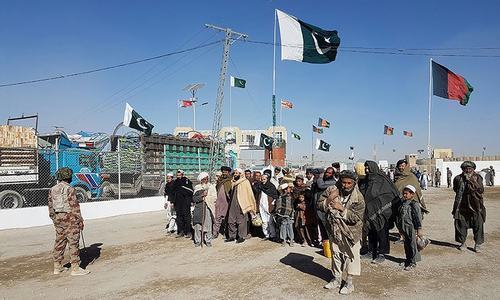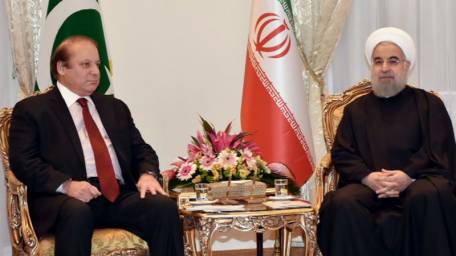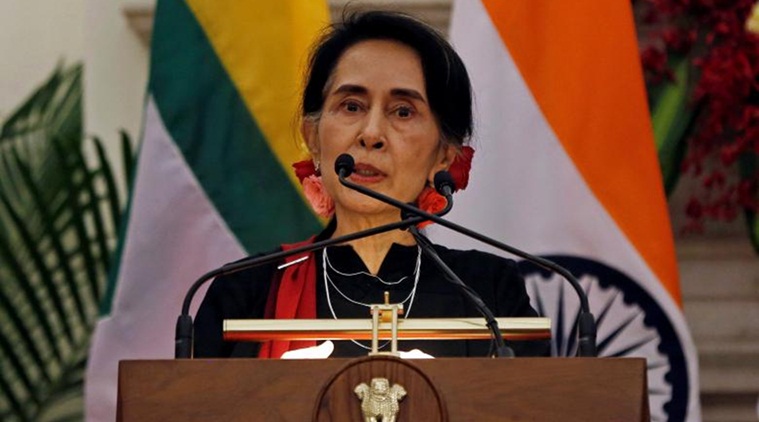
Given the internal equations between the military and the NLD, will Aung San Suu Kyi be able to take a strong decision? How does the State politics and equations between different ethnic communities within the Rakhine State impacts on the Rohingya debate? And what role does the rise of Ma Ba Tha play in dividing the national politics on the Rohingya issue?
Conflict Reader # 33, 20 September 2017
CR Analysis
D. Suba Chandran
Professor
International Strategic and Security Studies Programme (ISSSP)
National Institute of Advanced Studies (NIAS), Bangalore
From individuals to international institutions, there have been numerous condemnations of Myanmar vis-à-vis the ongoing violence against the Rohingya community. If the numbers are staggering (according to the UN estimates, 2,70,000 have been displaced) photos of Rohingya families walking through a tough terrain with children, and trying to hide from pouring rain under temporary tarpaulin shelters is heart rendering.
But why is Myanmar so reluctant? Who is calling the shots against the Rohingyas in Myanmar?
Why is Aung San Suu Kyi Silent?: A Strong Military and a Weak Government
Why is the government in Myanmar unmoved? Why is the Nobel laureate Aung San Suu Kyi has not taken any steps to prevent, what is referred internationally as the genocide? Why not even a statement from her so far? Is there a story that rest of the international community failing to read in understanding the Rohingya conflict?
The global anger against Suu Kyi is understandable. Ever since her party won the elections in 2015 and formed the government in 2016, there was an expectation that she would be able to follow his father’s footsteps and bring the multi-ethnic communities of Myanmar under a larger federal framework.
Myanmar is not only multi-ethnic, but also politically divided. Prolonged military rule has further polarized the community on ethnic lines. Opium and Jade have made certain communities financially independent; thanks to the trafficking of these items to an international market through China and other parts of Southeast Asia. Communities such as Shan, Kachin, Karen and others not only have their own territories, but also their own armies. Worse, the Chinese presence and their linkages with these ethnic groups add a further bargaining power.
As a result, the military is trying to hold Myanmar through display of brute power. The military regime, especially the top leadership has always been known for their close linkages with China. Beijing, as a result was playing both sections – the military and the ethnic groups.
It was in the above backdrop, the elections took place in November 2015. Though the party that Aung San Suu Kyi belong to - National League for Democracy (NLD) won the elections, she could not become the President of Myanmar, due to narrow restrictions and constitutional amendments made by the previous regime. Despite winning the elections and forming the government, the NLD’s decision-making powers are restricted. Despite taking over the administration, the NLD government is not entirely independent to pursue its own domestic and foreign policy actions.
Myanmar’s much focused “peace process” within and between various ethnic groups and militias has been a bigger challenge for the NLD government and Suu Kyi. The military regime internally and China externally are two powerful actors in this context. From the Nationwide Ceasefire Agreement (NCA) signed in October 2015 to the Panglong-21 conference held in August 2016, the internal “peace process” remains a bigger national problem for the NLD.
The military regime play a decisive role in the above process; one is not sure, how independent the NLD government is, and how much space Aung San Suu Kyi has in pursuing her own actions.
It clearly appears that the military is calling the shots, especially in the Rakhine state. So, there is not much use in condemning the lady for not doing enough in protecting the Rohingya community in the Rakhine State. Also, the international community should reduce its expectations from the NLD and Suu Kyi. She is unlikely to deliver on the Rohingyas; for she does not have the space to take major decisions within. Even if there is, she would prefer to strengthen her own position and that of the NLD, and focus more on the larger peace process with other major ethnic groups that are “Burmese”. For her and her party politics, Rohingyas are not a priority.
The Rakhine Politics: A Majoritarian State and Minorities
Unfortunately, there is not enough understanding of the politics within the Rakhine state in Myanmar. Like any other federation in South Asia, Myanmar’s federating units have their politics, led by regional political parties. In the case of Rakhine State, the Arakan National Party (ANP) a regional party plays a major role within the State. In the Rakhine state assembly (with 47 seats), the regional parties led by the ANP have more seats (23) than the other nationalist parties, including the NLD’s 9 seats.
The “ethnic” Rakhines are predominantly Buddhist; however, they also suffer the same problem at the national level. Marginalised and ignored at the national politics and impoverished within the State, the ethnic Rakhines are not economically affluent. Nor they are the masters of the State. For the national capital, Rakhine is a peripheral state. Had it not been for the Rohingya violence, the State would not be known to even the other Burmese!
Within the State, the Rakhine politics is not monolithic either. For example, the Arakan National Party, though succeeded in gaining 49 percent in the State Assembly elections in 2015, it was formed only in 2014, with the merger of two regional political parties - the Rakhine Nationalities Development Party (RNDP) and the Arakan League for Democracy (ALD). Today, the members of the former ALD within the ANP are unhappy and would like to register as a separate party for the forthcoming elections.
The State politics within Rakhine is deeply polarized. Rohingyas have unfortunately become the “other” in this State politics. Given the minority nature of the NLD led by Suu Kyi within Rakhine, she is afraid to take any decision that would undermine her party’s position within the State even further.
Anti-Rohingya politics within the Rakhine state will have to understood through the above prism.
Religion, Clergy and the Majoritarian Politics: The Rise of Ma Ba Tha
The biggest failure at the international level is our inability to understand the nationalist politics within Myanmar outside ethnic groups, militias, military and the Nobel Laureate.
Like some of the other Buddhist countries in the region, the religion and the clergy play a vital role in Myanmar. There have been already parallels drawn between their role in Sri Lanka and Myanmar. While a comparison and contrast of the role of Clergy and Religious Order in the two countries may not be necessary in this context, it is enough to present that the religion plays an important role in the national identity of Myanmar.
While the immediate identity within the State is shaped by ethnicity, at the national level, Buddhism occupies an important role in providing a larger identity. While the ethnic groups and militias have been organized within a geographic construct at the State/regional levels, religious identity cuts across at the national level.
The clergy and the religious orders occupy a predominant position at the national level. An important development in this context, has been the rise of radical clergy, led by young leaders such as Ashin Wirathu. Though he has become the poster boy elsewhere, he is only an expression of a larger phenomenon. The rise of Ma Ba Tha (a Burmese acronym for Organisation for the Protection of Race and Religion) is important in this context. Led by the young monks, outside the established religious order of Myanmar, Ma Ba Tha is spanning a particular brand of Burmese nationalism, at the cost of other religious minorities.
The case against the Rohingyas is led by Ashin Wirathu and the Ma Ba Tha. Perhaps, Suu Kyi is apprehensive of the Ma Ba Tha and the military sees it as a trump card. Ma Ba Tha has been critical of the NLD in public ever since its formation. Wirathu has made public statements condemning the NLD for being pro-Muslim. When Ko Ni, the legal advisor to the NLD for many years, and later a party member was assassinated in January 2017, Suu Kyi did not take part in the funeral even. Ko Ni was a Muslim and was born to a Bengali father. Wirathu made statements thanking the assassin!
The prosecution of Rohingyas should be seen though the above three levels within Myanmar. Whatever may be the politics behind in persecuting the Rohingyas, innocent people, especially women and children cannot be the victims. The international community will have to pursue a course of action that would help the process and not hinder it. Unfortunately, there is a larger politics being played at the international level – both in the Muslim countries and outside. That is a different story and politics bordering hypocrisy (To be covered subsequently).
The above was first published in the Rising Kashmir. The author is a Professor and Dean at the National Institute of Advanced Studies (NIAS) Bangalore. He edits an annual - Armed Conflicts in South Asia and runs a portal on Pakistan – www.pakistanreader.org.
